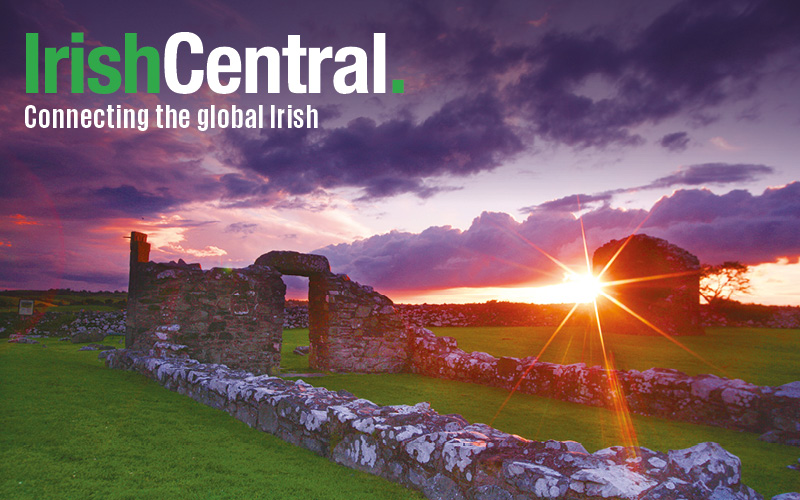Once banned by the church because it was seen as sinful, Irish dance has since flourished not only in countries with a large population of Irish immigrants like Scotland, England and America, but also in places like South Africa, New Zealand, Canada and even Russia.
The international interest in Irish dance can be attributed to Michael Flatley, and the many shows he has premiered around the world, including the still traveling Lord of The Dance. It all began when Flatley and Jean Butler starred in Riverdance, which was performed during the interval at the Eurovision Song Contest in 1994 and went on to be developed into a fully-fledged show by producers John McColgan and Moya Doherty. But before Riverdance was ever heard of, the Irish Dancing Commission promoted Irish dancing with a good measure of success.
Founded by the Gaelic League in Dublin in 1893 as part of the effort to promote all aspects of Irish culture, the Irish Dancing Commission continues to promote and regulate Irish dance competitions around the world and currently has councils in England, Scotland, the USA, Canada, Australia, New Zealand and South Africa.
Australia and New Zealand both claim a large number of Irish immigrants and have very strong Irish dance communities. In 1980, Fiona Gaye Snowden from the Ransley School of Dance became the first Australian to win the world championship in the Under-19 Ladies Competition in the Mansion House Dublin. More recently, in 1996, Conor Hayes became the first Australian man to win a world championship and the first Australian to perform with Riverdance.
Meanwhile, New Zealand boasts around 23 registered Irish dance instructors and celebrated the 50th anniversary of the New Zealand National Irish Dancing Championship in 2000.
With a large Irish population of Irish immigrants and a tradition in step dancing, Canada sends several Irish dancers to the World Championships in Ireland every year. Among the Canadian dance schools, the Irwin School of Irish Dancing in Calgary has become one of the most experienced and established. They have had top three podium placings at the world championships in solo categories and numerous National Ceili competitions.
Russia, the Ukraine and Belarus are some of the last places that come to mind when one thinks of Irish dance, but students in these Eastern European countries are not only taking lessons but competing in Feisanna in Minsk, Kiev, Odessa and Moscow. Already the tri-nations of Russia, Belarus and the Ukraine boast more than 20 Irish Dancing schools and five dance Feiseanna. Dancers from the Rooney School of Dance in Moscow not only qualified for the World Championships in Belfast in 2008 but made it to the final rounds, coming in at ninth place in the dance drama competition.
There is even a large population of Irish dancers in Cracow, Poland. The Feis in Cracow in 2008 had 312 competitors including dancers from as far away as Moscow and St. Petersburg, London, Warsaw, Budapest and Paris. The 2009 Cracow Feis will include schools from Prague, Slovakia, Austria, Szczecin, Vienna and Germany.
Irish dancing in South Africa might seem as unusual as it is in Eastern Europe. But the history of Irish dancing in the country dates back as far as the early 1900s. Irish missionaries have been coming to South Africa for over 100 years. In cities like Elizabeth, Kimberley and Johannesburg, Irish immigrants were better off than those who journeyed to Australia and America, and were often professionals such as doctors, lawyers, dentists, Catholic priests and journalists.
Much of the success of this type of dancing in South Africa is due to the efforts of An Coimisiun le Rinci Gaeltacha vice president, Dr. John Cullinane, who was instrumental in developing workshop sessions. Formal Irish dancing competitions were launched in 1999, and recently South African Irish dancing teachers were placed under the guidance of the Irish Dancing Commission. In 2007 the first Teagascóir Choimisiúin le Rinci Gaelacha (TCRG), or Irish Dancing Teachers Certification Examination, was administered in South Africa.
It’s a true testimony to the far reach of Irish dance culture that dance associations have been formed in so many different countries. There are currently websites for the Nordic Society of Irish Dancers, the Danish Society of Irish Dancers and the Japan Irish Dancing Association. Developments such as these are sure to keep Irish dance fresh as it becomes interwoven with other cultures and traditions.




Comments